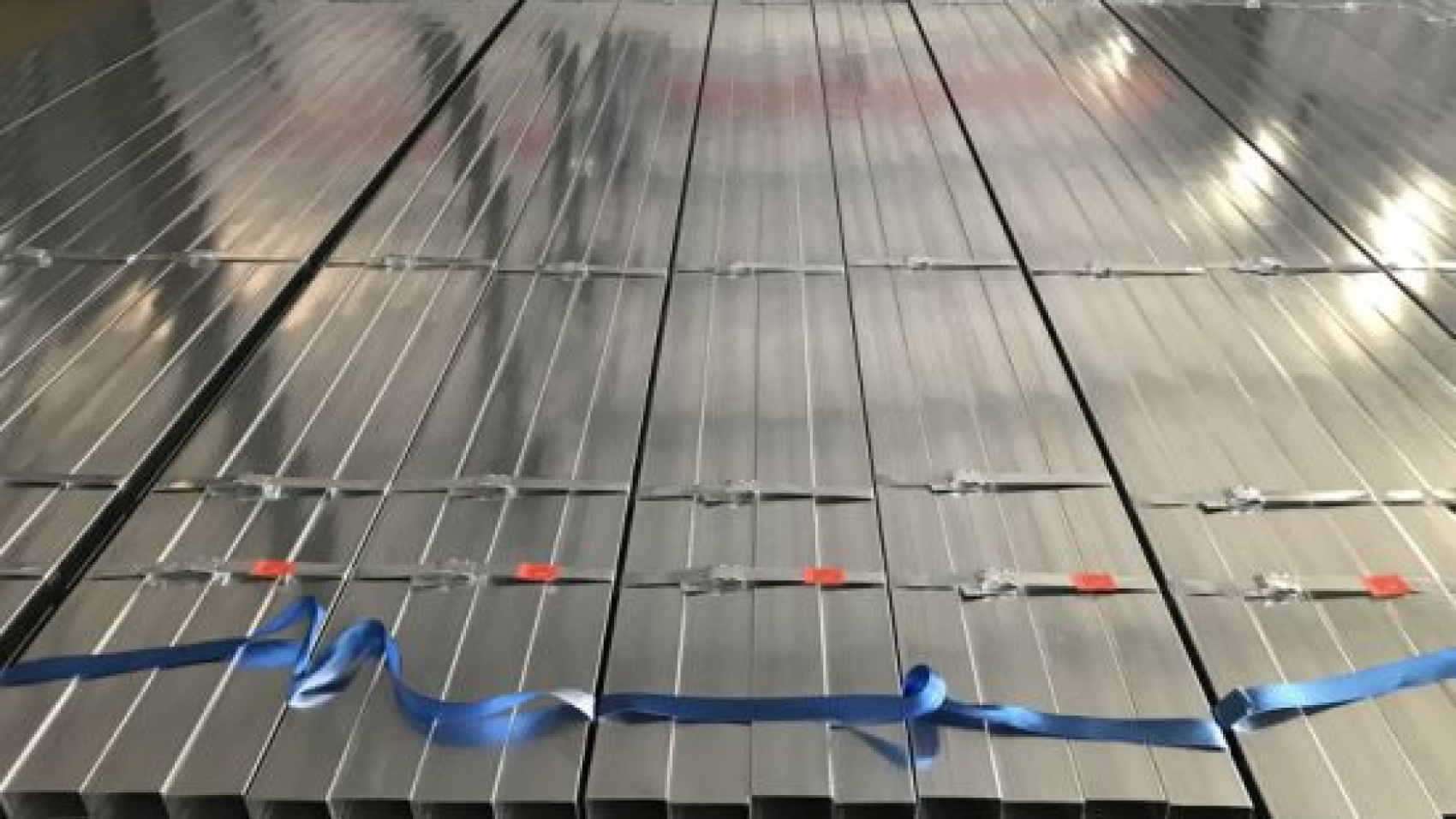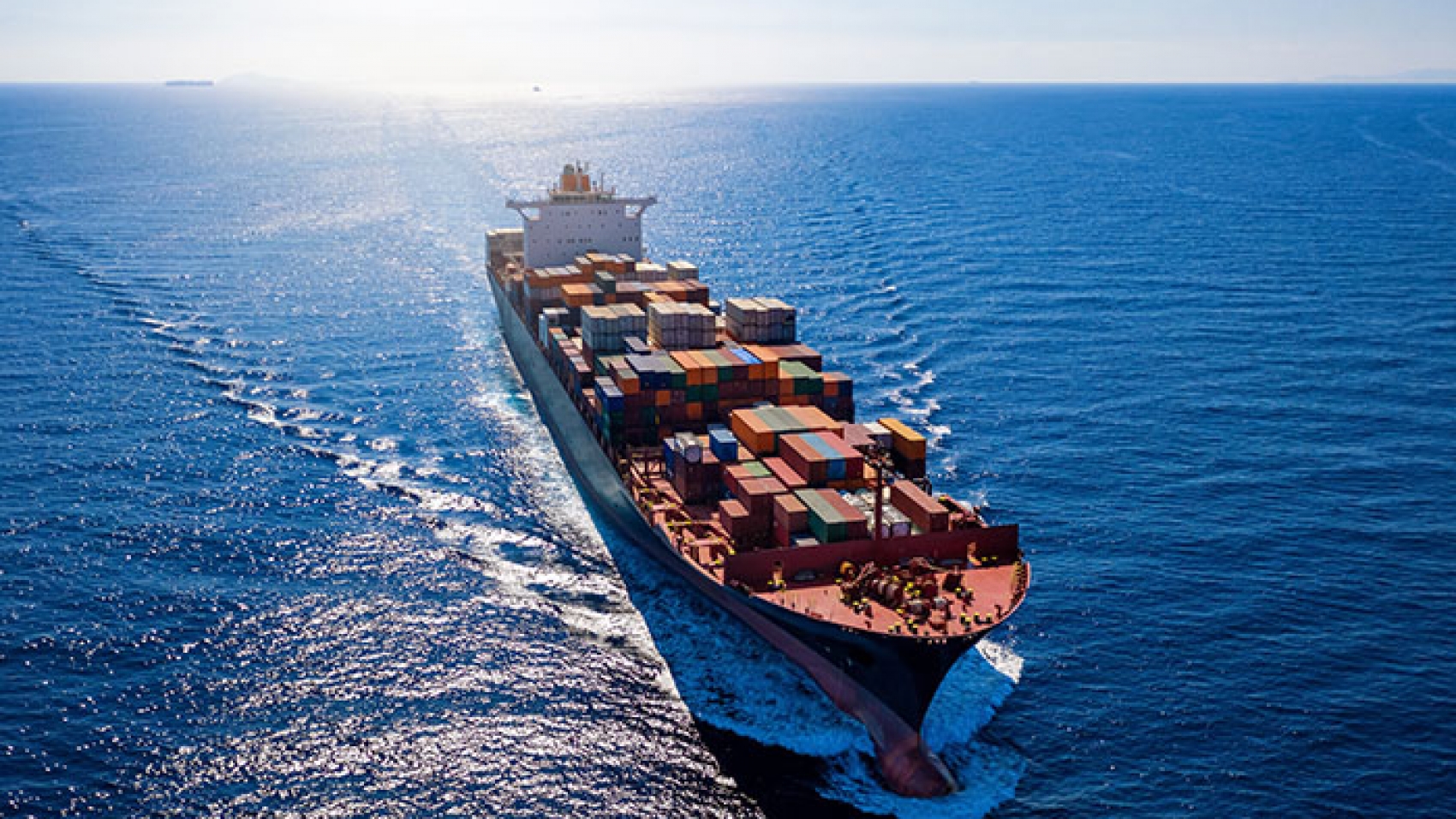China shut the Man Wein checkpoint over one and half month ago, and it remains close in light of the COVID-19, vice-chairman U Min Thein of Muse Rice Wholesale Centre said. Coronavirus cases were detected in Shweli (Ruili) and Kyalgaung precious stone market during late March. It prompted China to restrict border access at the Man Wein checkpoint, a major border crossing between Myanmar and China. At present, the number of positive cases has dropped. Lockdown on the Kyalgaung area has been eased from 4 May.
However, it will be monitored for about three months. Consequently, there is no plan to reopen the Man Wein post. It is still closed. The border closure began on 30 March. Kyalgaung area will be kept under watch for three months even after lifting the lockdown. People still cannot confirm when the crossing will be reopened. Additionally, Man Wein border post is not available for now, according to the negotiation with Shweli’s Foreign Affairs Department. The border post will resume the trade only after drawing up a detailed project report, the Trade Department (Muse 105th mile trade zone) stated.
Once China lifts the restriction, the traders will be spontaneously informed. Owing to the Man Wein post’s closure, major export items such as rice, broken rice, various pulses, fishery products, onion and chilli are delivered to China through Kyin San Kyawt post, a major crossing for Myanmar’s fruit exports, U Min Thein added. However, shipping via Kyinsankyawt post caused traffic congestion and delay. The driver-substitution system was practised in the border area during the first wave of the COVID-19 and it helps lessen the impediments to the trade. Yet, the current restriction exacerbates the border trade, the Muse Rice Wholesale Centre stated.
Source: The Global New Light of Myanmar



